

| Cruise Region : South America / Antarctica |
| Company : Oceania Cruises |
| Ship : VISTA |
| Journey Start : Tue 03 Feb 2026 |
| Journey End : Sat 21 Feb 2026 |
| Count Nights : 18 nights |
| Day | Date | Port | Arrival | Departure |
|---|---|---|---|---|
| 1 | 3.02 Tue | Buenos Aires / Argentina | 18:00 | |
| 2 | 4.02 Wed | Montevideo / Uruguay | 07:00 | 18:00 |
| 3 | 5.02 Thu | Day at sea / Sea | ||
| 4 | 6.02 Fri | Day at sea / Sea | ||
| 5 | 7.02 Sat | Port Stanley, Falkland Islands / Falkland islands | 07:00 | 18:00 |
| 6 | 8.02 Sun | Day at sea / Sea | ||
| 7 | 9.02 Mon | Ushuaia / Argentina | 07:00 | 16:00 |
| 8 | 10.02 Tue | Punta Arenas / Chile | 09:00 | 18:00 |
| 9 | 11.02 Wed | Day at sea / Sea | ||
| 10 | 12.02 Thu | Day at sea / Sea | ||
| 11 | 13.02 Fri | Puerto Montt / Chile | 08:00 | 16:00 |
| 12 | 14.02 Sat | Day at sea / Sea | ||
| 13 | 15.02 Sun | SANTIAGO DE CHILE | 08:00 | 17:00 |
| 14 | 16.02 Mon | Coquimbo / Chile | 08:00 | 17:00 |
| 15 | 17.02 Tue | Day at sea / Sea | ||
| 16 | 18.02 Wed | Iquique | 08:00 | 18:00 |
| 17 | 19.02 Thu | Day at sea / Sea | ||
| 18 | 20.02 Fri | PISCO NAZCA LINES | 07:00 | 19:00 |
| 19 | 21.02 Sat | Lima / Peru | 06:00 | 17:00 |

the capital city and chief port of Argentina, in the eastern central part of the country, on the Plata River; population 3,042,600 (est. 2008).
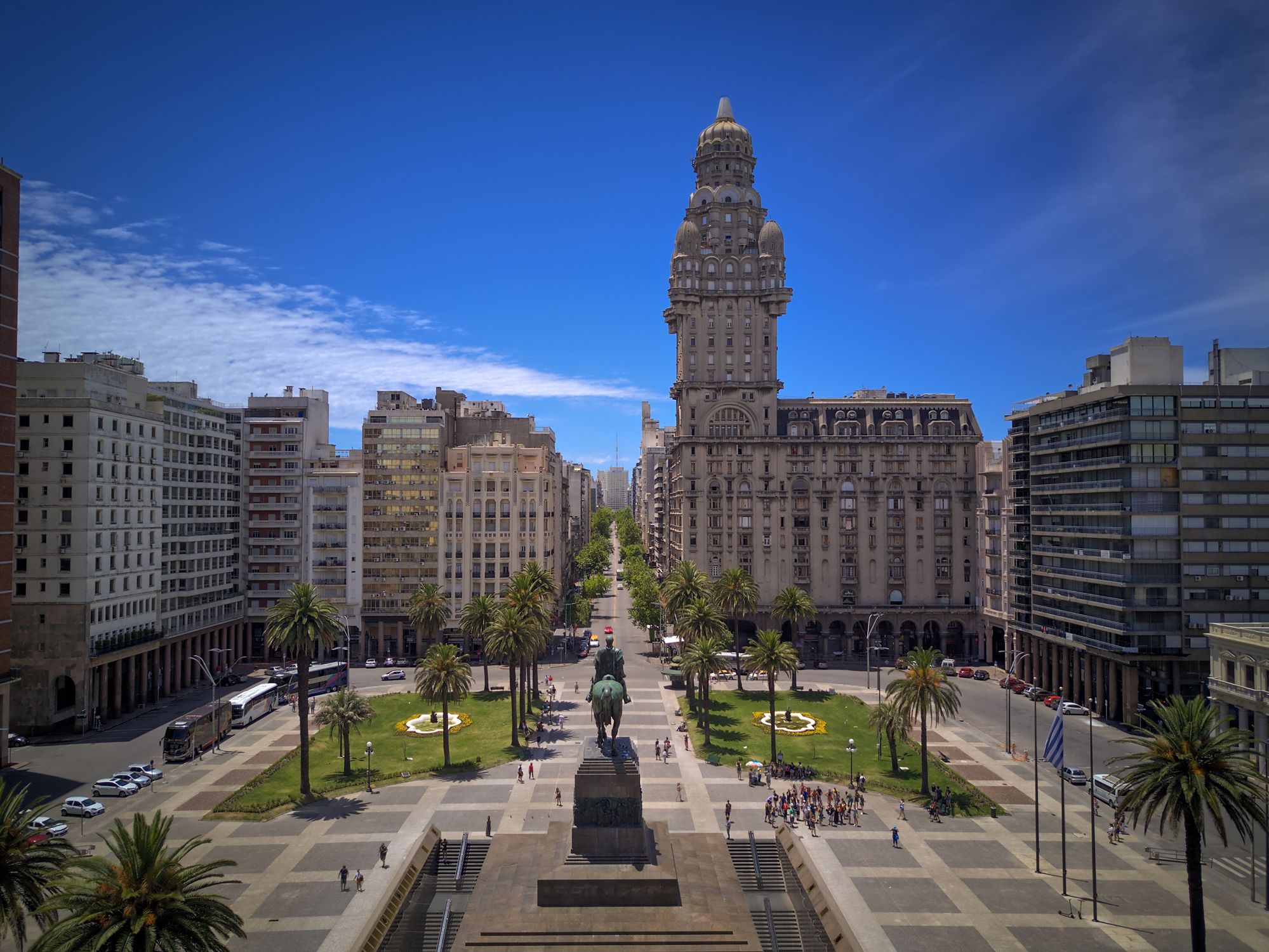
Montevideo is the capital and largest city of Uruguay. According to the 2011 census, the city proper has a population of 1,319,108 (about one-third of the country's total population) in an area of 201 square kilometres (78 sq mi). The southernmost capital city in the Americas, Montevideo is situated on the southern coast of the country, on the northeastern bank of the Río de la Plata.
The city was established in 1724 by a Spanish soldier, Bruno Mauricio de Zabala, as a strategic move amidst the Spanish-Portuguese dispute over the platine region. It was also under brief British rule in 1807. Montevideo is the seat of the administrative headquarters of Mercosur and ALADI, Latin America’s leading trade blocs, a position that entailed comparisons to the role of Brussels in Europe.


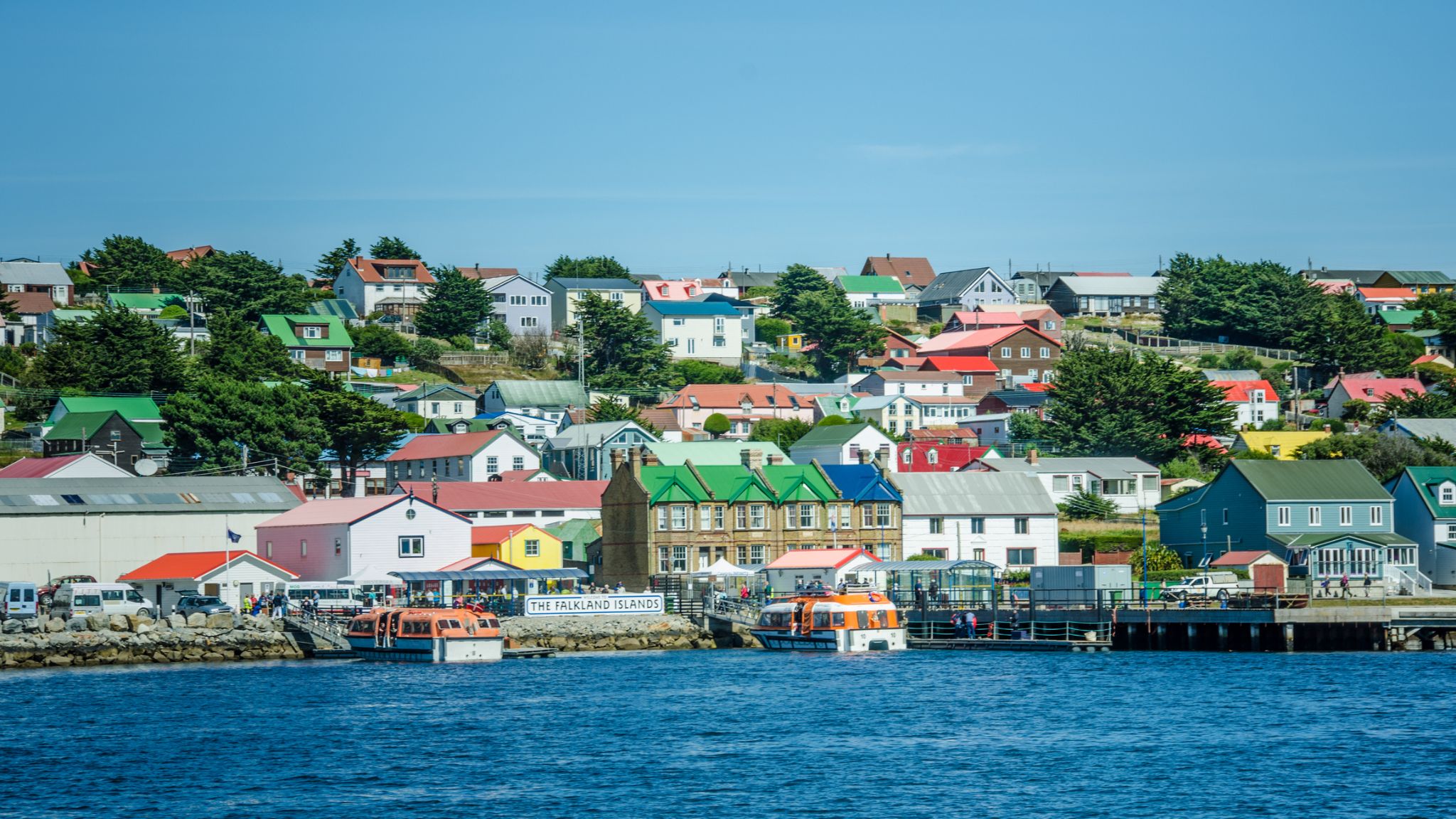
Stanley is the capital of the Falkland Islands. It is located on the island of East Falkland, on a north-facing slope in one of the wettest parts of the islands. At the 2016 census, the town had a population of 2,460 the entire population of the Falkland Islands was 3,398 on Census Day on 9 October 2016
Stanley is represented by five members of the Legislative Assembly of the Falkland Islands, currently Stacy Bragger, Barry Elsby, Mark Pollard, Roger Spink and Leona Vidal Roberts.
Stanley is the main shopping centre on the islands and the hub of East Falkland's road network. Attractions include the Falkland Islands Museum, Government House – built in 1845 and home to the Governor of the Falkland Islands – and a golf course, as well as a whale-bone arch, a totem pole, several war memorials and the shipwrecks in its harbour. The Falkland Islands Company owns several shops. Stanley has four pubs, 11 hotels and guesthouses, three restaurants, a fish and chip shop and the main tourist office. There are three churches, including the Anglican Christ Church Cathedral, the southernmost Anglican cathedral in the world, and the Roman Catholic St. Mary's Church. A bomb disposal unit in the town is a legacy of the Falklands War.
The town hall serves as a post office, philatelic bureau, law court and dance hall. The police station also contains the islands' only prison, with a capacity of 13 in the cells.
The community centre includes a swimming pool (the only public one in the islands), a sports centre, library, and school. A grass football pitch is located by the community centre and hosts regular games.
Stanley Racecourse, located on the west side of Stanley, holds a two-day horse racing meeting every year on 26 and 27 December. The Christmas races have been held here for over 100 years.
Stanley Golf Course has an 18-hole course and a club house. It is also located to the west of Stanley.
King Edward VII Memorial Hospital is the islands' main hospital, with doctors' practice and surgery, radiology department, dental surgery and emergency facilities.
Several bus and taxi companies operate out of Stanley.
Stanley is also home to the Falkland Islands Radio Station (FIRS), the Stanley office of the British Antarctic Survey, and the office of the weekly Penguin News newspaper.
A nursery and garden centre is also here, in whose greenhouses some of the islands' vegetables are grown.

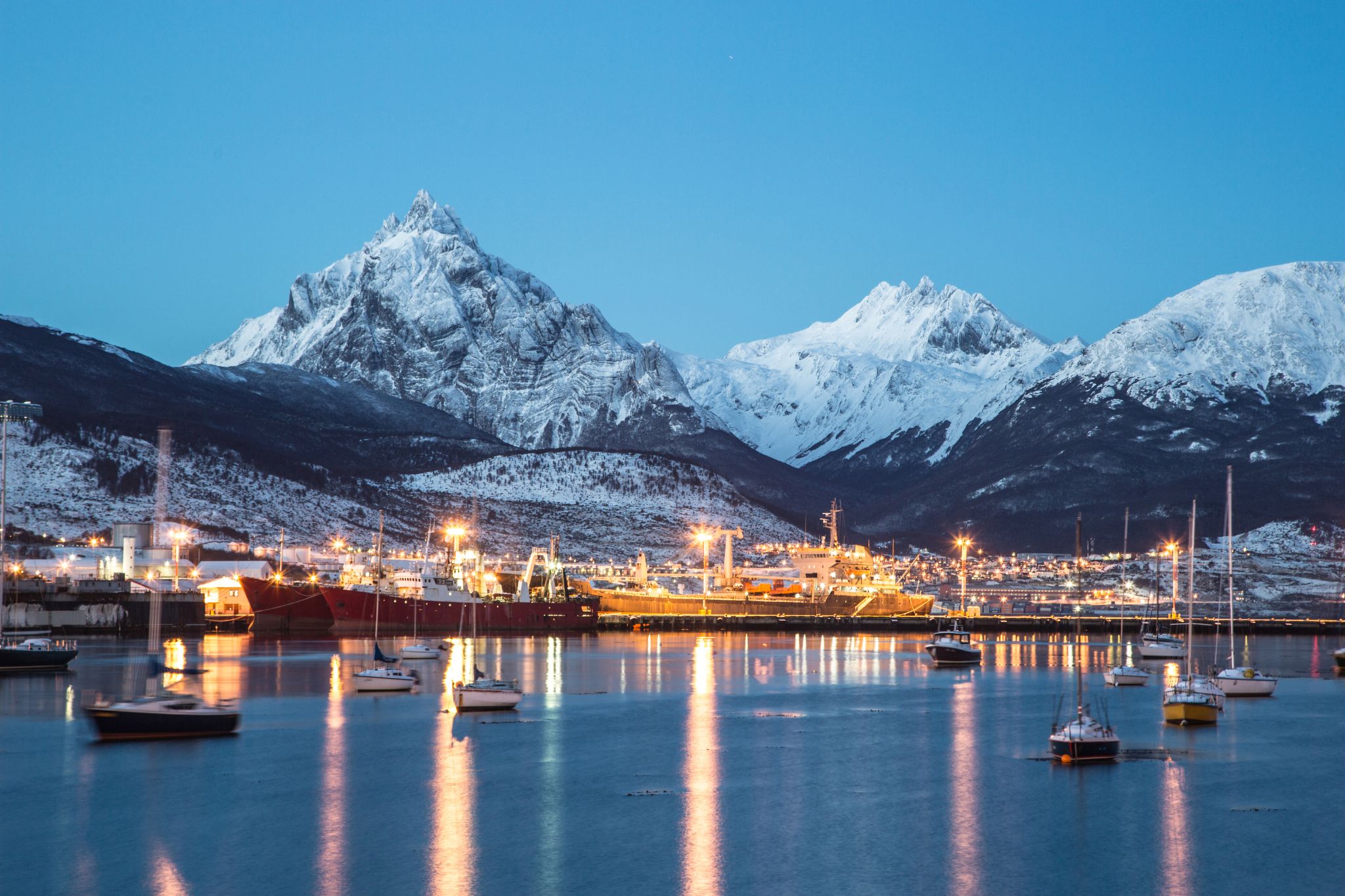
Ushuaia is the capital of Tierra del Fuego, Antártida e Islas del Atlántico Sur Province, Argentina. It is commonly regarded as the southernmost city in the world. Ushuaia is located in a wide bay on the southern coast of Isla Grande de Tierra del Fuego, bounded on the north by the Martial mountain range, and on the south by the Beagle Channel. It is the only municipality in the Department of Ushuaia, which has an area of 9,390 km2 (3,625 sq mi). It was founded October 12 of 1884 by Augusto Lasserreand is located on the shores of the Beagle Channel surrounded by the mountain range of the Martial Glacier, in the Bay of Ushuaia. Besides being an administrative center, it is a light industrial port and tourist hub.
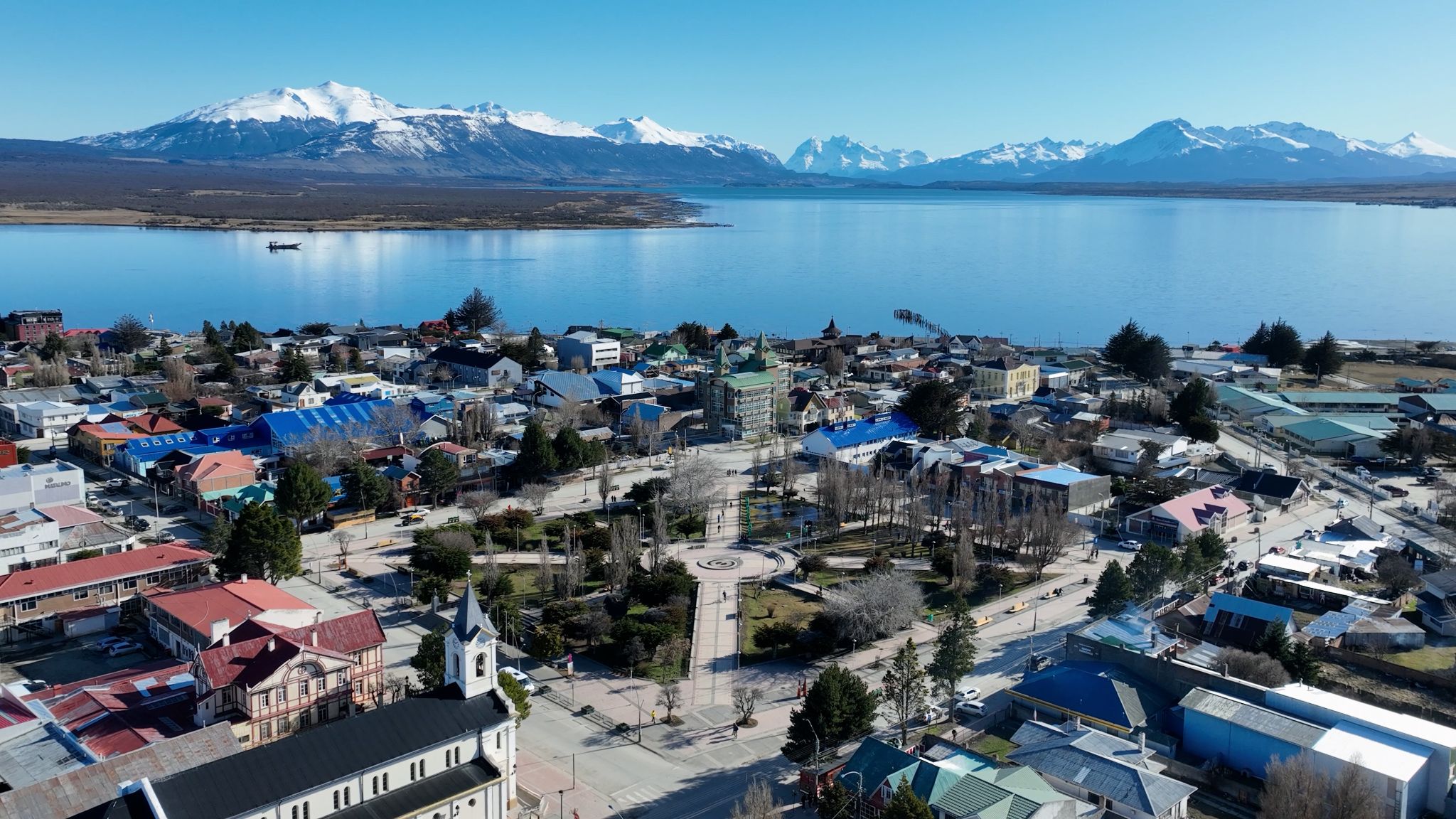


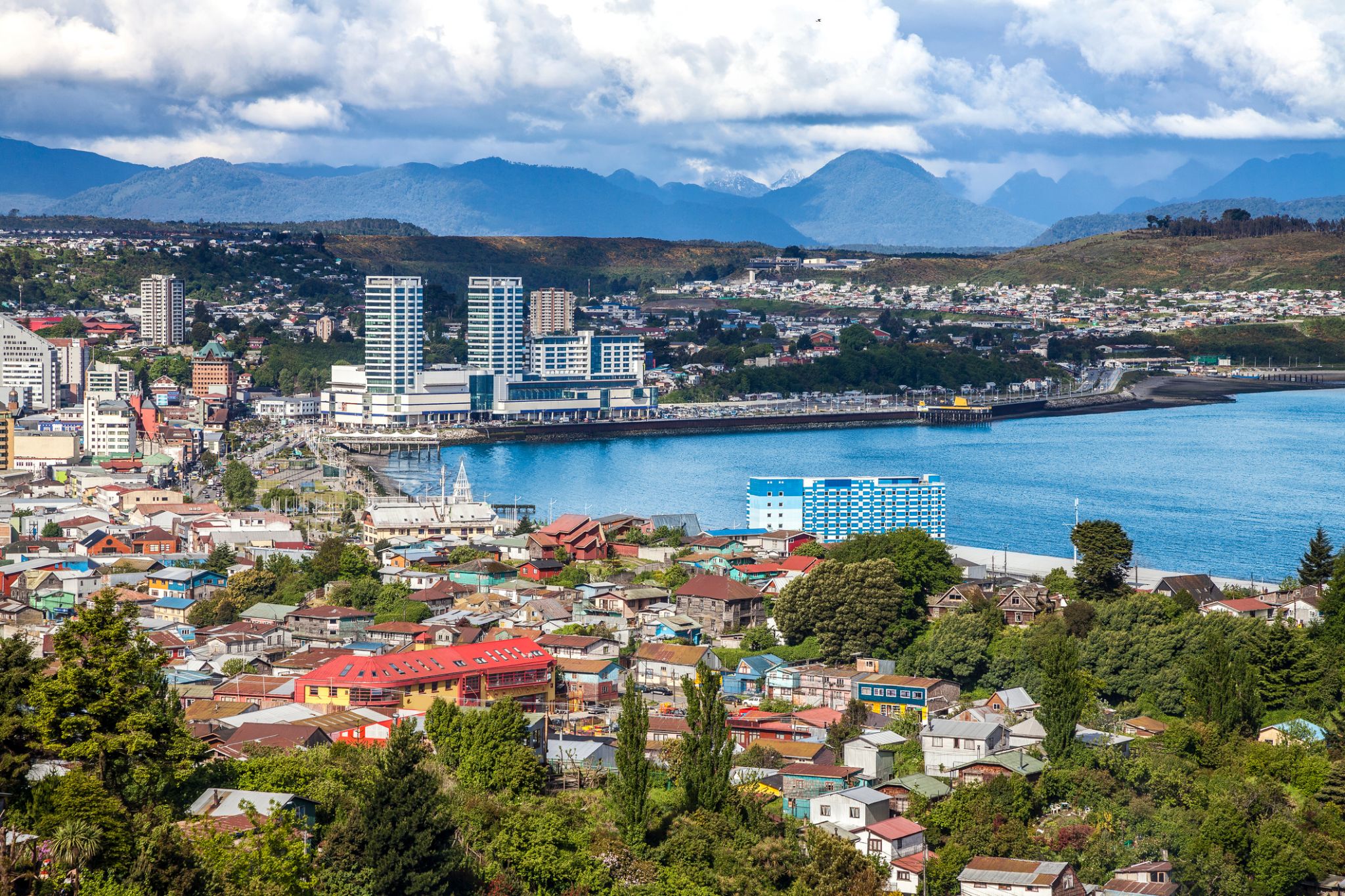
Puerto Montt is a port city and commune in southern Chile, located at the northern end of the Reloncaví Sound in the Llanquihue Province, Los Lagos Region, 1,055 km to the south of the capital, Santiago. The commune spans an area of 1,673 km2 (646 sq mi) and has a population of 245,902 in 2017. It is bounded by the communes of Puerto Varas to the north, Cochamó to the east and southeast, Calbuco to the southwest and Maullín and Los Muermos to the west.
Founded as late as 1853 during the German colonization of southern Chile, Puerto Montt soon outgrew older neighboring cities due to its strategic position at the southern end of the Chilean Central Valley being a gateway city into Chiloé Archipelago, Llanquihue and Nahuel Huapi lakes and Western Patagonia.
Puerto Montt has gained renown and grown significantly due to the rise of Chile as the second largest salmon producer of the world during the 1990s and 2000s. However, the Chilean salmon aquaculture crisis of the late 2000s resulted at least temporarily in severe unemployment and exposed weaknesses in the local economy. The city's cultural heritage mixes elements of Chiloé culture with German heritage although the city has attracted a significant number of newcomers from all over Chile in the last 30 years due to employment opportunities.


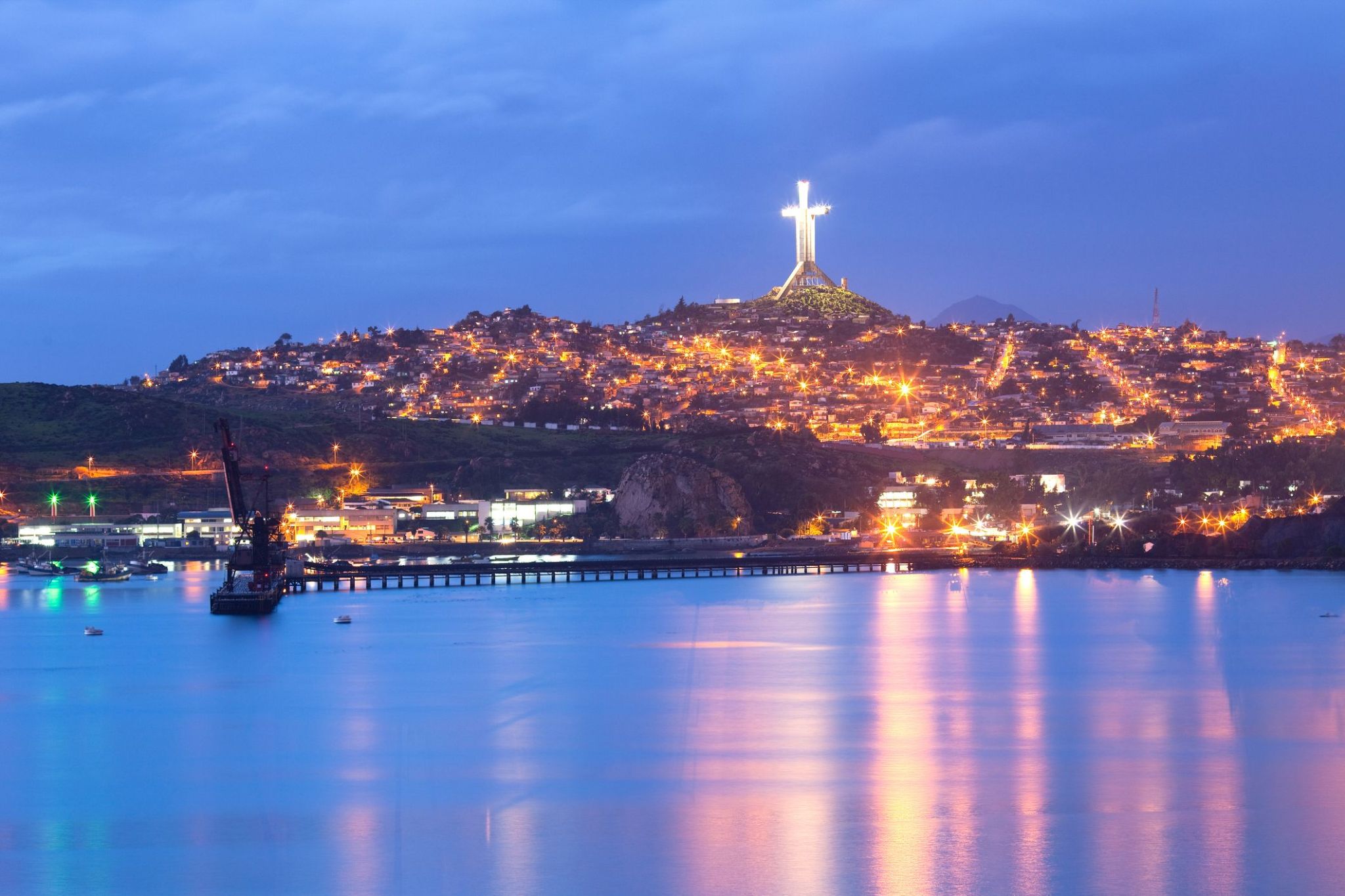
An unforgettable encounter with the Pacific coast awaits every traveler venturing into Coquimbo—a charming town where modernity and history intertwine in an extraordinary harmony. From the morning breeze by the bay to the luxurious sunsets over the port, this resort offers the true atmosphere of the Chilean coastline, where life flows at a gentle pace and every street is infused with the scent of the sea. Here you can savor fresh seafood at cozy restaurants or stroll along the elegant waterfront, soaking up the views and the cries of seagulls.
Coquimbo is also known for its historical and cultural landmarks: ancient churches, artisan markets, and contemporary art galleries create a unique blend of traditions and new experiences. Adventure lovers can explore the surrounding hills or discover the mysterious fortress—a testament to the city’s pirate-filled past. This city seems to invite every traveler to write their own chapter of an amazing story on the coast of Chile.




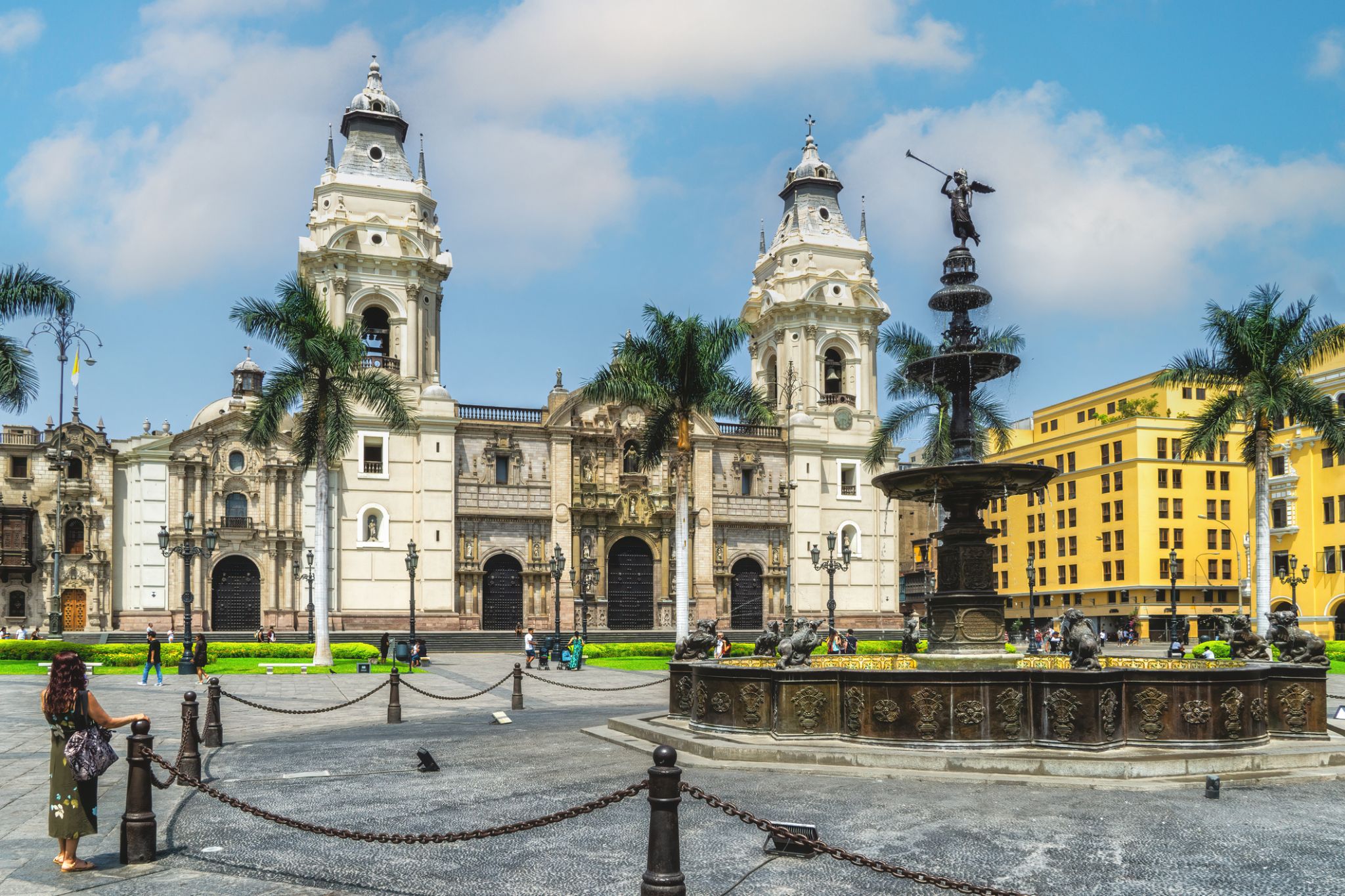
Lima is the capital and the largest city of Peru. It is located in the valleys of the Chillón, Rímac and Lurín rivers, in the central coastal part of the country, overlooking the Pacific Ocean. Together with the seaport of Callao, it forms a contiguous urban area known as the Lima Metropolitan Area. With a population of more than 9 million, Lima is the most populous metropolitan area of Peru and the third-largest city in the Americas (as defined by "city proper"), behind São Paulo and Mexico City.
Lima was founded by Spanish conquistador Francisco Pizarro on January 18, 1535, as Ciudad de los Reyes. It became the capital and most important city in the Viceroyalty of Peru. Following the Peruvian War of Independence, it became the capital of the Republic of Peru. Around one-third of the national population lives in the metropolitan area.